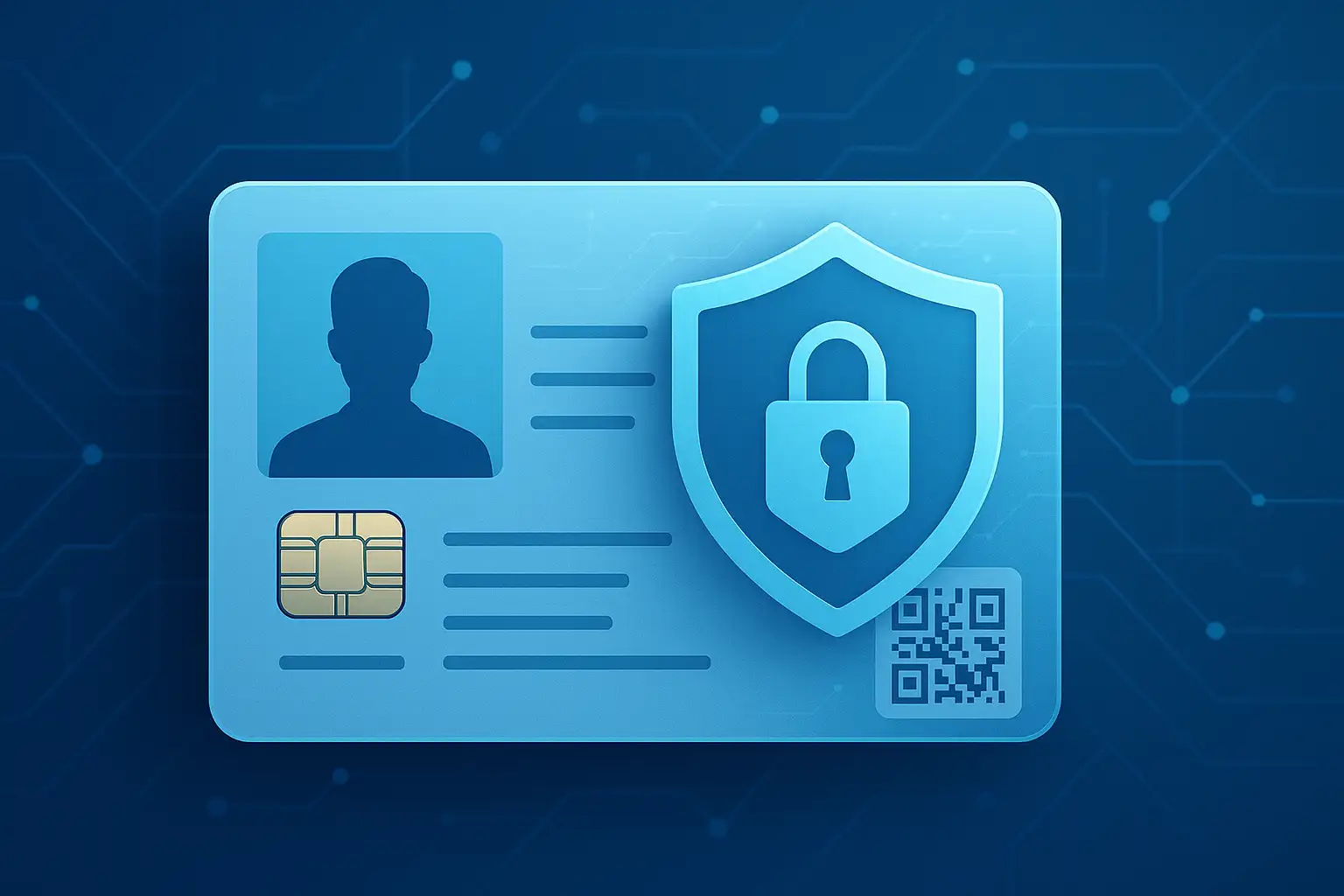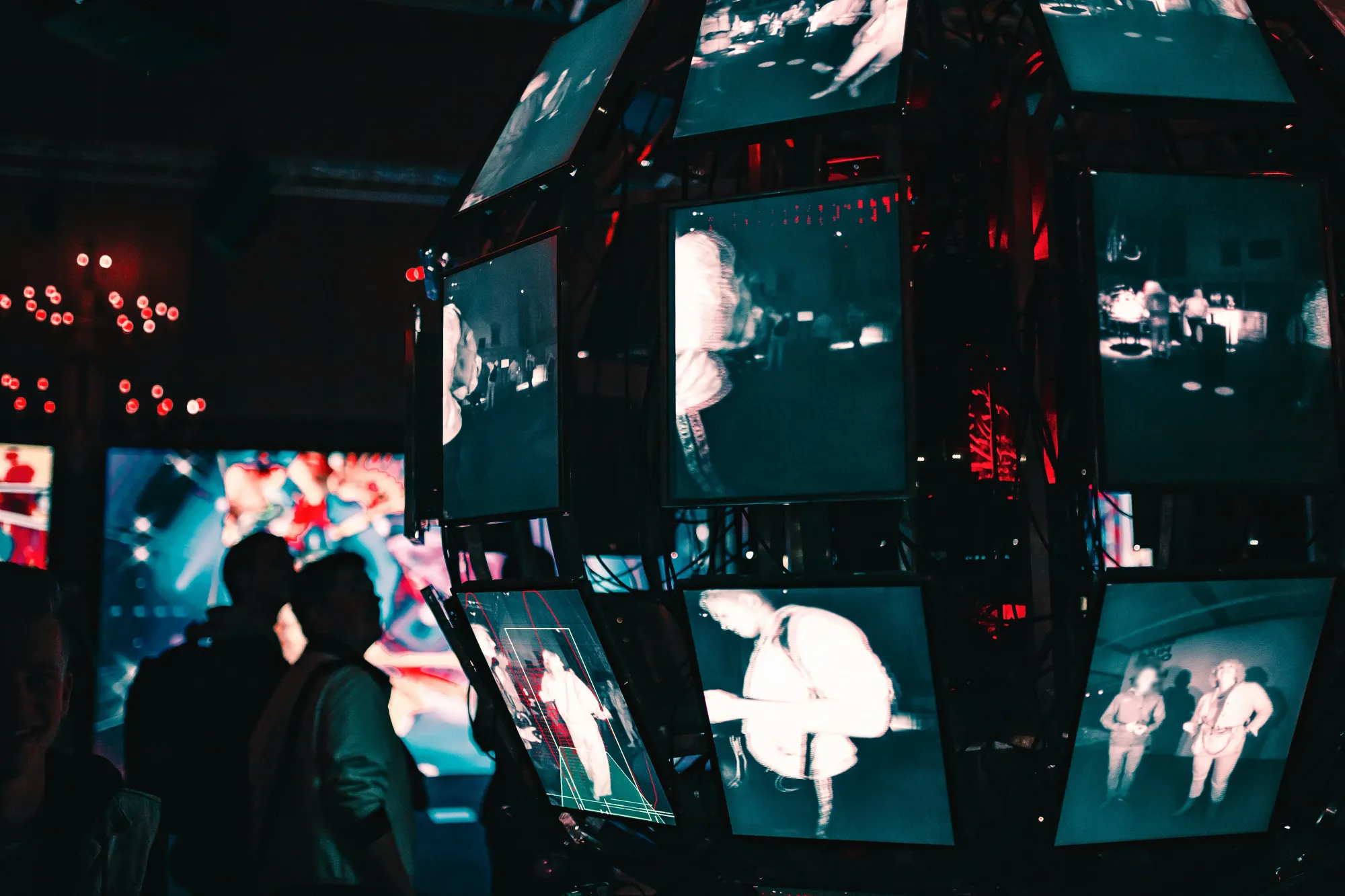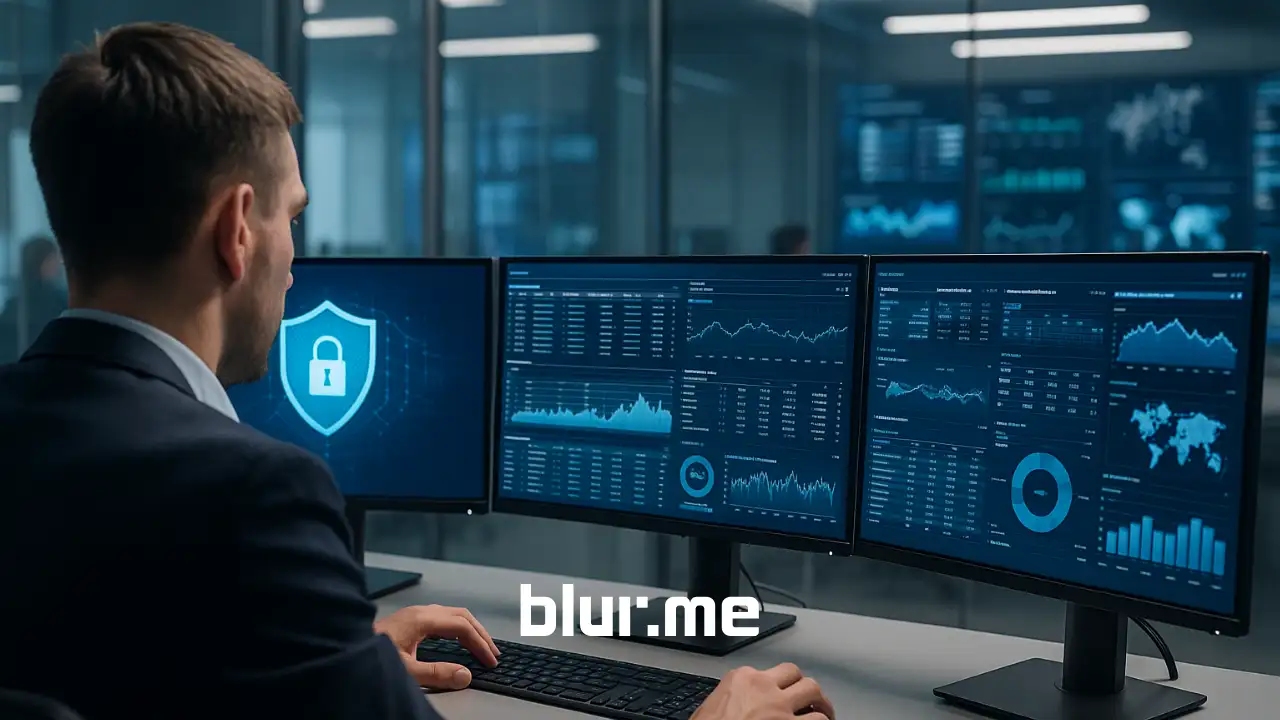When you’re sharing documents, images, or videos, ensuring that private data stays private is essential. That’s where data redaction comes in. But what exactly does data redaction mean, and how can it safeguard your personal or professional information?
What is Data Redaction?
Data redaction refers to the process of obscuring or removing sensitive information from documents, images, videos, or any other digital media before sharing or publishing. This practice is crucial for protecting personal identifiable information (PII), financial details, face blur and confidential business data. Redacted data ensures that unauthorized individuals cannot access private information while maintaining the document’s overall integrity.
For example, when you see parts of a document blacked out or blurred, that information has been redacted for privacy. This is commonly used in legal documents, financial statements, and even in media to protect identities.
Why is Data Redaction Important?
From businesses handling customer data to journalists protecting sources, data redaction is vital across various industries. Here’s why:
- Compliance with Privacy Laws: Laws like GDPR and HIPAA require strict handling of personal data. Redacting sensitive information helps organizations stay compliant.
- Prevent Identity Theft: By obscuring PII, privacy redaction prevents unauthorized access that could lead to identity theft.
- Maintain Confidentiality: Companies can share reports or documents without risking the exposure of sensitive data.
Common Types of Data Redacted
Understanding what types of information should be redacted is key to effective data masking and redaction. Common examples include:
- Personal Identifiable Information (PII): Names, addresses, phone numbers, Social Security numbers.
- Financial Information: Bank account numbers, credit card details, tax information.
- Confidential Business Data: Trade secrets, contracts, and internal communications.
- Health Information: Medical records, patient details, and insurance numbers.
How Does Data Redaction Work?
There are multiple methods to redact data depending on the media type:
- Text Documents: Blacking out or deleting sensitive text sections.
- Images and Videos: Using blur, pixelation, or masking techniques to obscure faces, license plates, or sensitive visuals.
- PDF Files: Utilizing specialized PII redaction software to remove data from digital documents securely.
Manual vs. Automated Data Redaction
While manual redaction methods, like blacking out text with markers, are still used, they are time-consuming and prone to errors. Automated redaction tools powered by AI can identify and redact sensitive data quickly and accurately.
For example, BlurMe’s AI-driven tools automatically detect faces, license plates, and remove text in videos and images, making it easier to protect privacy at scale.
Data Redaction vs. Data Masking
While often used interchangeably, data redaction and data masking are different. Redaction removes or obscures data completely, making it unreadable. Masking, on the other hand, hides data but allows certain users to see the original information under specific conditions.
Image Redaction
Images often contain hidden or overt sensitive information that needs to be protected before sharing. Whether it's faces, license plates, or confidential documents captured in photos, image redaction tools like BlurMe allow users to blur or pixelate sensitive areas and blur backgrounds in multiple image files such as PNG, JPG and more automatically. This ensures that private data is effectively concealed without compromising the overall image quality.
Discover the Complete Guide to Blurring and Pixelating Images and learn How to Pixelate an Image effectively for privacy protection.
Video Redaction
Videos are even more complex, as they often contain moving elements like faces, signs, or sensitive information that require dynamic redaction. With AI-driven solutions, BlurMe can automatically detect and blur these elements frame by frame, ensuring comprehensive privacy protection throughout the entire video.
For more information on video redaction, check out the Best AI Video Redaction Software to streamline the process or jump right in and start blurring using AI Video Redaction tutorials.
PDF Redaction
PDFs often hold critical information in legal, financial, or medical documents. Specialized PDF Redaction Software allows you to securely remove sensitive content without compromising the document’s structure. This ensures that once the data is redacted, it cannot be recovered or viewed by unauthorized individuals.
Using these advanced tools ensures that both multimedia and document-based information remains protected across all platforms.
Best Practices for Data Redaction
- Identify Sensitive Information: Know what data needs to be protected.
- Use Reliable Tools: Choose trusted PII redaction software or AI-driven solutions like BlurMe.
- Double-Check Redactions: Ensure that redacted data cannot be recovered or exposed.
- Stay Updated with Regulations: Keep abreast of data privacy laws to maintain compliance.
- Prepare Video Files Before Redaction: For efficient redaction, always ensure your video files are in a compatible format. Many redaction tools work best with MP4 files, so if your content is from social media, it may need conversion first. Use a Twitter to MP4 converter or a YouTube to MP4 converter to download videos in an editable format, ensuring smooth processing and accurate redaction.
- Optimize Images Before Redaction: To ensure clear and efficient redaction, images should be properly optimized before processing. Large file sizes can slow down editing, while overly compressed images may lose crucial details. Reducing images to a manageable size, such as resizing images to 100KB or resizing images to 20KB, helps maintain quality while improving performance. Using the right file format, such as JPG or PNG, also ensures compatibility with redaction tools.
Conclusion: Redact Data, Protect Privacy
Data redaction is more than just blacking out text; it’s a critical tool in the fight for digital privacy. Whether you’re protecting personal information, complying with legal standards, or sharing sensitive documents, understanding the data redaction meaning and using the right tools can make all the difference.
By understanding and implementing data redaction, you can confidently share media without compromising on privacy. Whether you need to blur faces in videos or remove sensitive text from documents, BlurMe has you covered.









